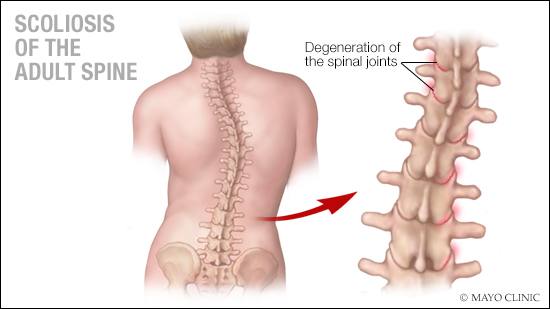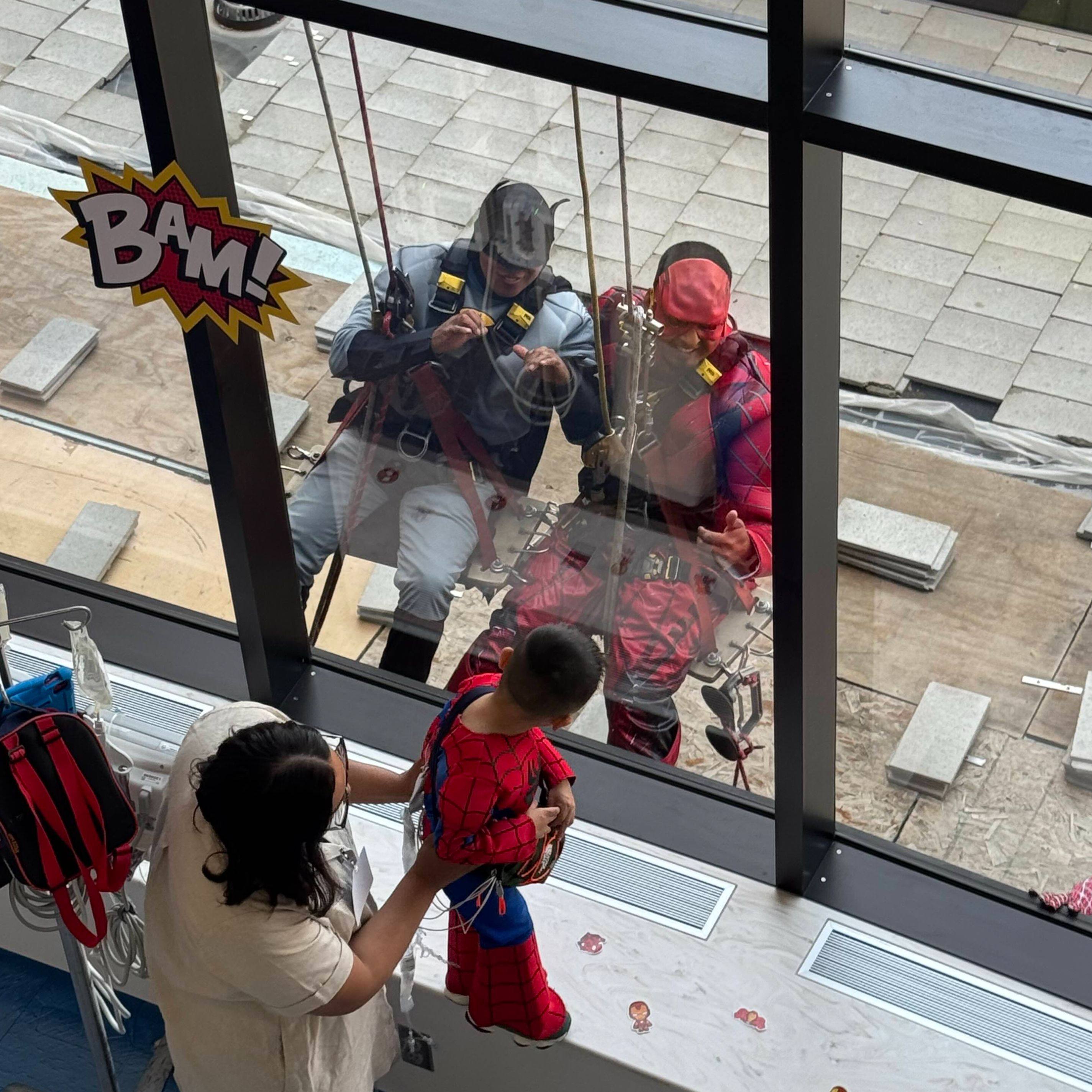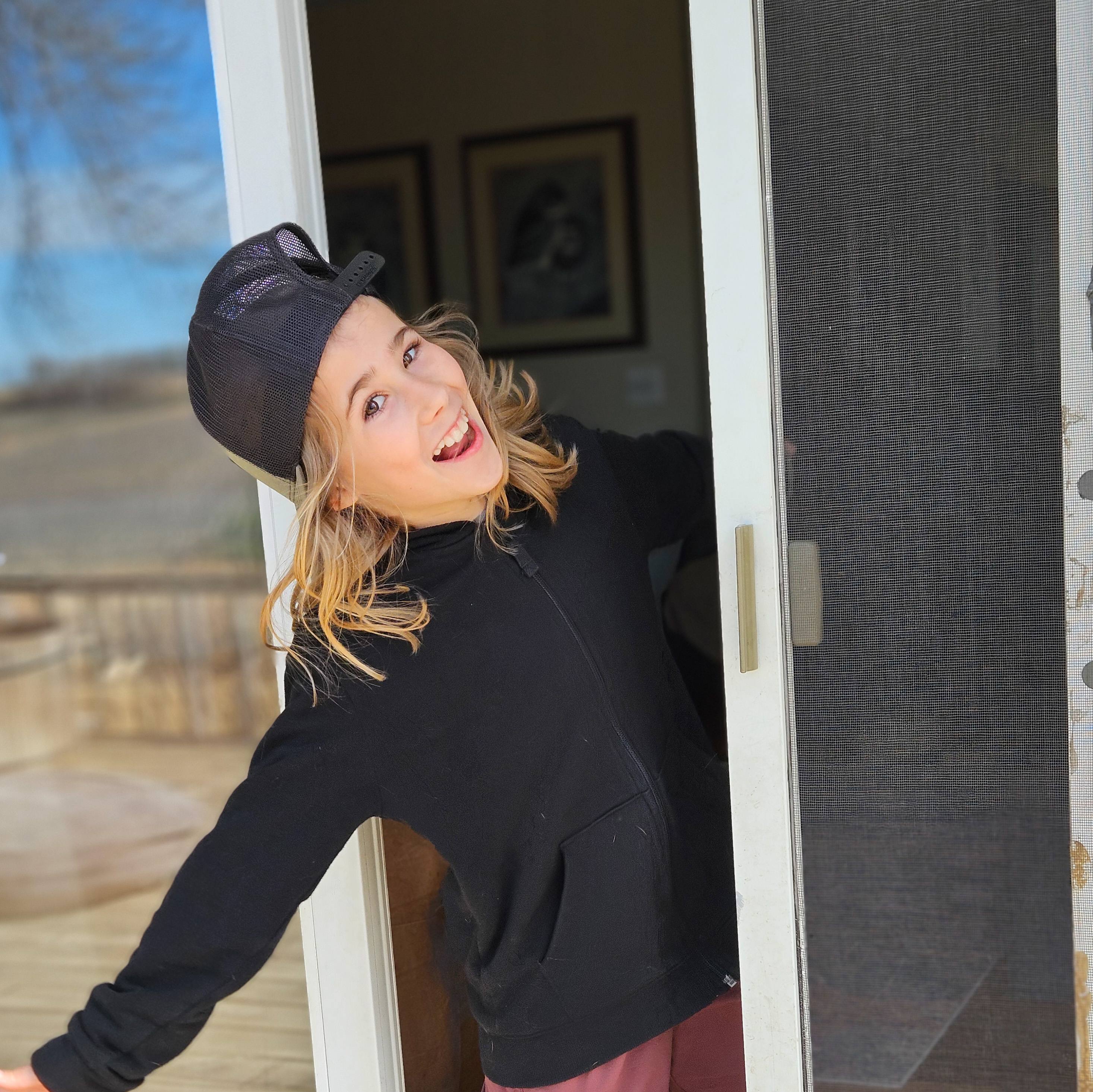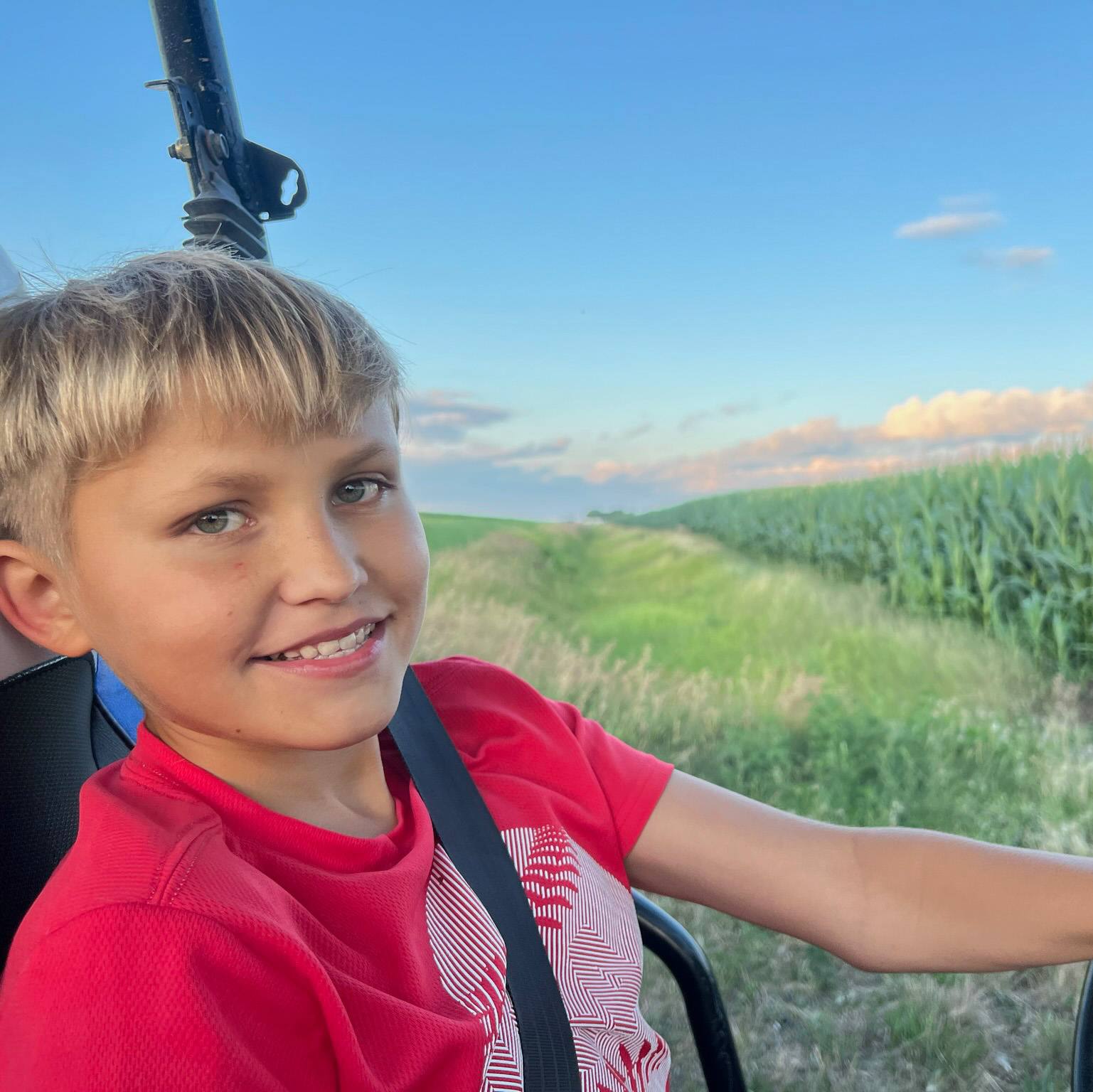-
Mayo Clinic Q and A: Scoliosis most often develops during growth spurt just before puberty

DEAR MAYO CLINIC: What causes scoliosis? Do genetics play a role? I was diagnosed with it as a teenager, and several of my cousins had it, too. Now I’m worried that my daughter, who’s 8, may be affected when she gets older. Should she be checked for scoliosis soon?
ANSWER: The exact cause of scoliosis isn’t known. But it tends to run in families, which indicates that there is a genetic element to this spine disorder. Scoliosis also can be the result of birth defects and a component of some neuromuscular disorders. Watch your daughter for signs of scoliosis and have her evaluated as soon as possible if you suspect that she may be developing a spinal curve.
Scoliosis is an abnormal sideways curve of the spine with rotation. Most people have a spine that is relatively straight. In general, a spine with a 10-degree sideways curve or less is considered normal. A curve greater than 10 degrees is defined as scoliosis.
Scoliosis most often develops during the growth spurt just before puberty. It affects about 3% of adolescents. Girls and boys develop mild scoliosis at about the same rate. But in girls, it’s seven times more likely that the curve will worsen over time and require treatment.
Although researchers haven’t pinpointed a specific cause of scoliosis, considerable work is being done to investigate the genetics of scoliosis. Researchers know that there isn’t one gene alone that triggers scoliosis. Instead, it’s likely a complex set of genes — and possibly different types of those complex genes within different ethnic groups — that may influence the development of scoliosis.
There’s little doubt, however, that some genetic component exists for scoliosis because, as your experience illustrates, it’s clear that the disorder runs in families. When a child is diagnosed, even if neither parent had scoliosis, it’s often the case that when medical information from the extended family is examined, a history of scoliosis is found.
Beyond genetics, the disorder can be the result of a birth defect that affects the spinal cord or the bones of the spine. For example, some babies are born with spinal vertebra shaped like triangles rather than squares, so the spine cannot align properly. People who have neuromuscular disorders, such as muscular dystrophy or cerebral palsy, may develop scoliosis as a result of that underlying disorder. These situations are rare, though, and account for only about 1% to 2% of scoliosis cases. In most cases, a cause for scoliosis cannot be definitively identified.
Because of your family history, it would be a good idea to start checking your daughter for early signs of scoliosis. It can be difficult to see a curve in the spine simply by looking at a child’s back. Instead, look for any unevenness in your daughter’s shoulders or hips when she’s standing up straight.
Another way to check for scoliosis is to look at your daughter’s back while she is bending at the waist. If one side of her ribs appears to be higher than the other, that could be a sign of scoliosis. If one shoulder blade consistently appears more prominent than the other, that could indicate the presence of a spinal curve, too.
Although treatment for scoliosis cannot reverse the spinal curve, the earlier scoliosis is identified and treatment is started, the more likely it is that progression of the curve can be stopped. Treatment options depend largely on the curve’s severity, ranging from regular monitoring for mild curves to surgical treatment for severe spinal curves.
If you are concerned that your daughter may be developing scoliosis, make an appointment for her to see her primary care provider promptly for an evaluation. — Dr. Todd Milbrandt, Orthopedic Surgery, Mayo Clinic, Rochester, Minnesota
****************************
Related Articles
- Tether implant offers new treatment option for some scoliosis patients: Mayo Clinic Radio published 10/6/19
Related Articles







